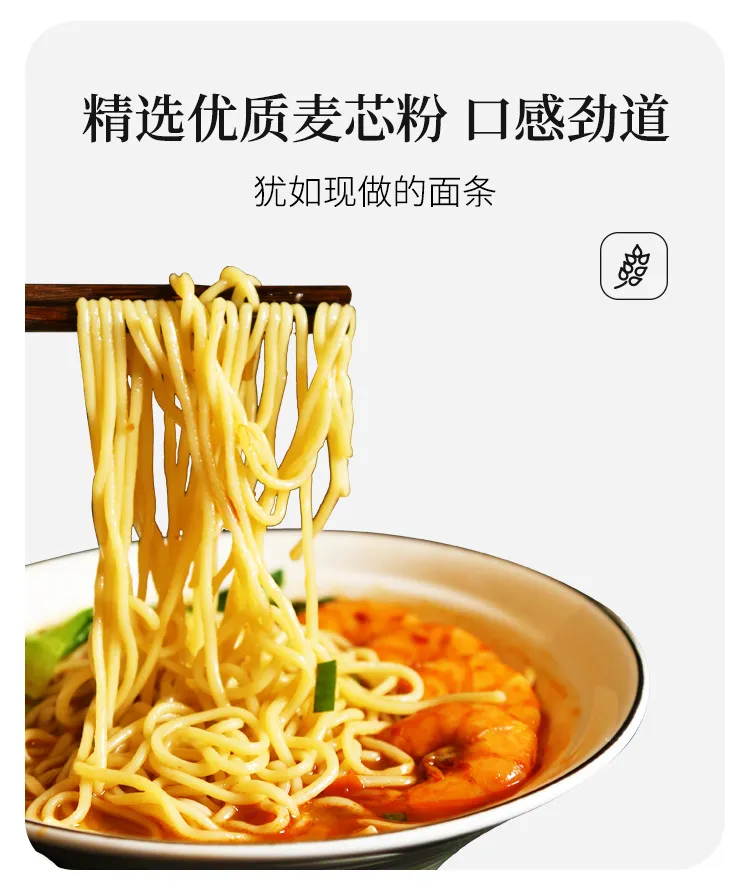japanese style soba noodles
Exploring the Delight of Japanese Style Soba Noodles
When it comes to Japanese cuisine, few dishes capture the essence of health, simplicity, and flavor quite like soba noodles. These buckwheat noodles are not just a staple in Japanese households; they represent a culinary tradition that has flourished for centuries. Whether served hot or cold, in a broth or with dipping sauce, soba noodles bring a unique charm to the dining table.
The Origins of Soba Noodles
Soba, meaning buckwheat in Japanese, has its roots that date back to the 8th century in Japan. Originally, these noodles were a regional specialty derived from the buckwheat plant, a crop that thrives in the mountainous areas of Japan. Over the years, soba has evolved not only as a staple food but also as an art form among chefs and home cooks alike.
The traditional method of making soba involves mixing buckwheat flour with a small amount of wheat flour to create a dough. This dough is then rolled out and cut into thin strips, which can vary in thickness depending on regional preferences. The simplicity of the ingredients is part of what makes soba so versatile and beloved.
Varieties of Soba Noodles
One of the most fascinating aspects of soba is its diversity. Soba noodles can be classified into two main types the “juwari soba,” which is made entirely of buckwheat flour, and the “nihachi soba,” which contains 20% wheat flour and 80% buckwheat. Juwari soba has a more robust flavor and a firmer texture, while nihachi soba is smoother and more elastic. Both types are delicious but cater to different palates and culinary uses.
In addition to these varieties, soba noodles can be enjoyed in numerous ways. They can be served chilled with a dipping sauce (zaru soba), in a hot noodle soup (kake soba), or even stir-fried with vegetables and meat (soba yaki). Each method of preparation enhances the unique nuttiness of the buckwheat flavor, offering a delightful eating experience.
japanese style soba noodles

Health Benefits of Soba
From a nutritional standpoint, soba noodles are a fantastic choice. They are rich in essential nutrients such as protein, fiber, and vitamins, making them a healthier alternative to many refined pasta options. Buckwheat is also renowned for its potential health benefits, including improved digestion, regulated blood sugar levels, and heart health due to its high content of flavonoids antioxidants.
In today’s health-conscious world, soba noodles have blossomed in popularity among those seeking lighter, gluten-free options. Gluten-sensitive individuals must ensure that they choose 100% buckwheat soba to avoid gluten contamination.
Soba A Culinary Experience
The joy of eating soba noodles extends beyond their nutritional benefits. Preparing and enjoying soba is a sensory experience laden with tradition. Many restaurants in Japan take pride in their handmade soba, often showcasing the artistry involved in the creation process. Slurping the noodles is not only acceptable but encouraged, as it is believed to enhance the flavors and show appreciation for the meal.
Conclusion
Japanese style soba noodles offer a perfect blend of history, health, and flavor. They reflect the Japanese philosophy of “umami,” where taste meets respect for natural ingredients. Whether you are exploring Japanese cuisine for the first time or are a seasoned fan, indulging in a bowl of soba is an experience that nourishes the body and delights the senses. As you try different recipes and preparations, you’ll discover the limitless possibilities of this humble yet extraordinary noodle, making it a staple in kitchens around the world.
-
Unleash Your Inner Chef with Delectable Italian Pasta CreationsNewsAug.01,2025
-
Savor Health and Flavor: Irresistible Soba Noodles for Sale Await!NewsAug.01,2025
-
Nourish Your Body with Premium Organic Ramen - A Culinary Delight AwaitsNewsAug.01,2025
-
Elevate Your Dishes with Our Exquisite Kinds of Egg NoodlesNewsAug.01,2025
-
Dive into Flavorful Convenience with Our Ramen OfferingsNewsAug.01,2025
-
Discover Exquisite Types of Naengmyeon and Chilled Soba NoodlesNewsAug.01,2025
-
Is Whole Wheat Pasta Healthy?NewsMay.30,2025
Browse qua the following product new the we

















































































































